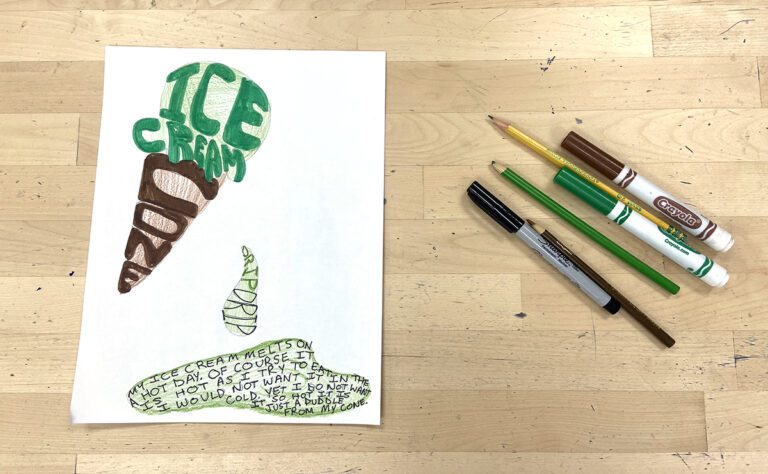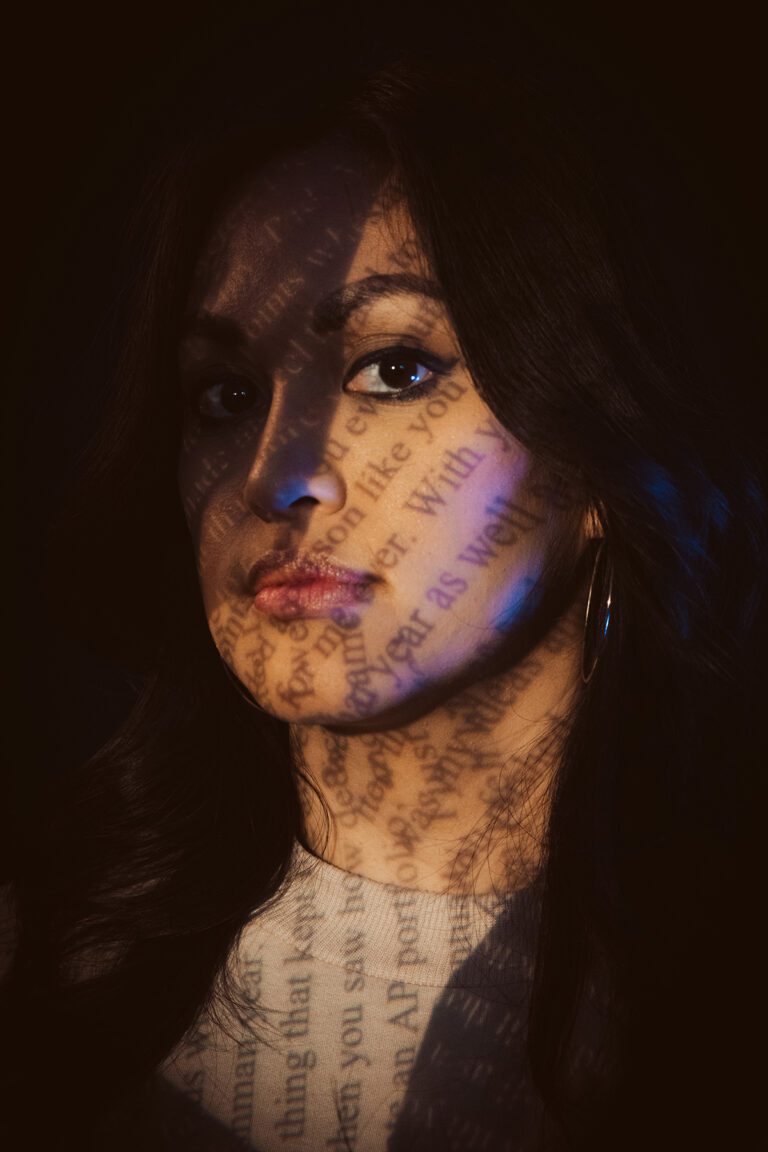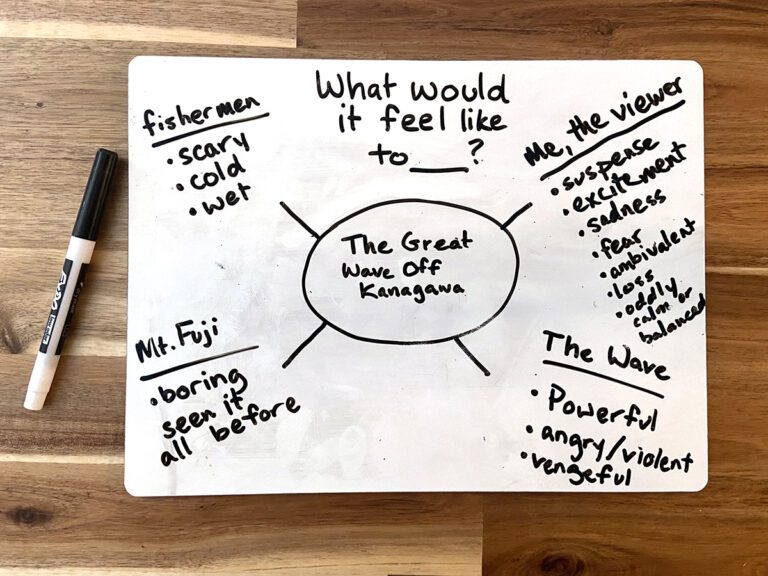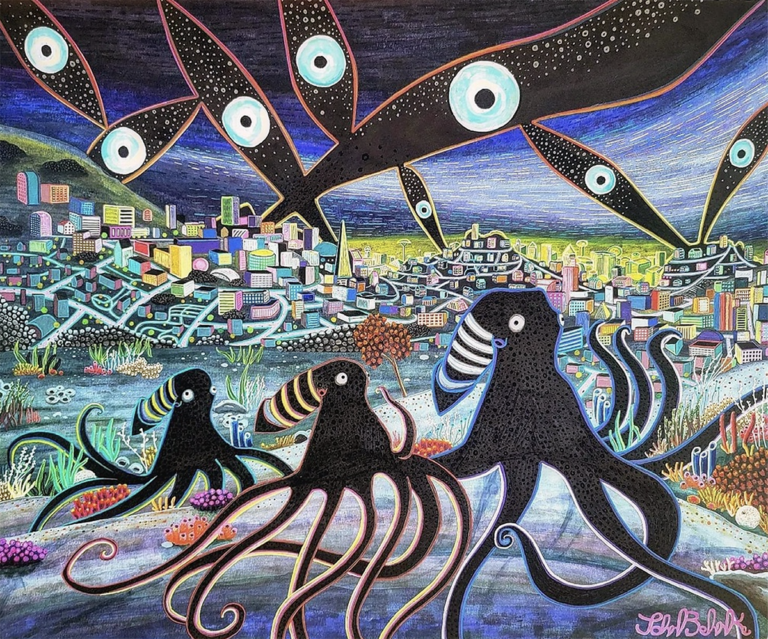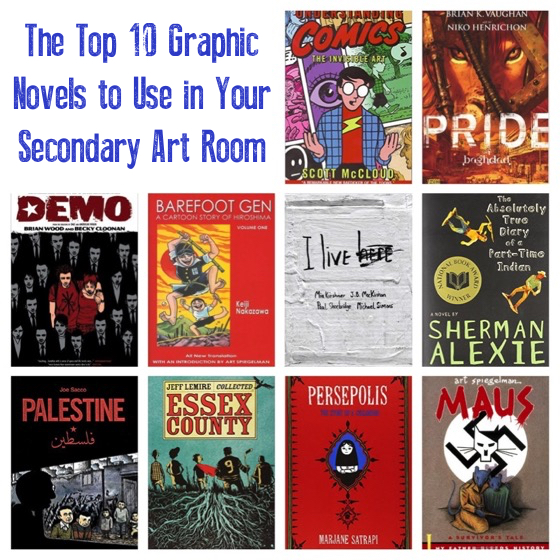
I love using and teaching with graphic novels. Of course, there’s the obvious connection to Pop Art and artists like Lichtenstein, but there’s so much more than what meets the eye. The comics I often reach for in the art room aren’t your typical superheroes in spandex tights, but instead have a deeper message and social conscience. So many comics can lend themselves to meaningful cross-disciplinary lessons with your language arts and social studies colleagues.
This top ten list skews towards older students, 8th grade and up. The books fall into two camps, more or less–war and violence or coming of age. Some have both themes. Due to this fact, many of the titles have adult content and I recommend reading them first to see if they fit with your district’s and students’ sensibilities.
The Top 10 Graphic Novels to Use
in Your Secondary Art Room
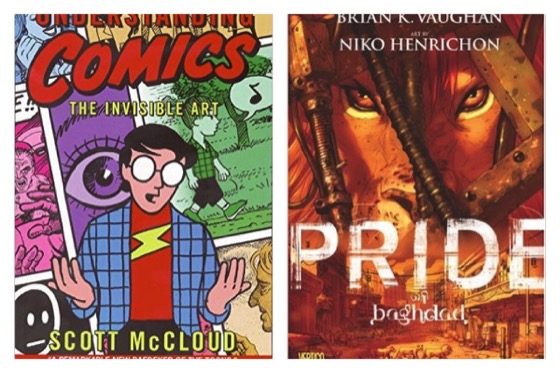
10. Understanding Comics: The Invisible Art by Scott McCloud
This is a great book about how comics work and why many readers and artists find the art form so compelling and unique. This graphic novel is a heavy and interesting read for the older ages, especially for upper high school students that have a real affinity for the sequential arts.
9. Pride of Baghdad by Brian K. Vaughan
Brian K. Vaughan is one of my all-time favorite authors. Many of his books are the stuff of ray guns and plasma beams. Pride is a unique and interesting take on the aftermath of war. Told from the vantage point of a pride of newly-freed lions, Vaughan examines critical questions of independence and violence.
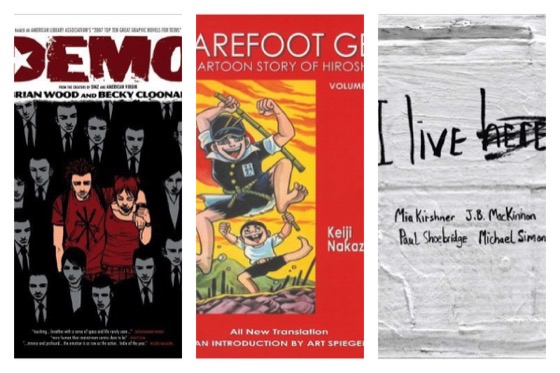
8. Demo by Brian Wood
Another all time favorite author, Brian Wood, is a can’t miss. I could write about his amazing titles DMZ and The Massive, (I’m not afraid to say that The Massive is one of the few books to ever move me to tears) but instead I want to highlight his work in Demo. Being an adolescent is tough enough; imagine coming into your own while also discovering you have superhero powers. I’ve found these short stories really resonate with teen readers.
7. Barefoot Gen by Keiji Nakazawa
Nakazawa’s masterpiece is a ten-volume manga series that documents his experience as a Hiroshima survivor. It’s a raw and emotional look at how war affects society.
6. I Live Here by Mia Kirshner, J.B. Mackinnon, Paul Shoebridges, and Michael Simons
I Live Here is a really unusual documentary-style book that looks at man’s inhumanity from various hotspots around the globe. The authors look at how civil strife, disease, displacement, and drug violence affect innocent people stuck in the crosshairs.
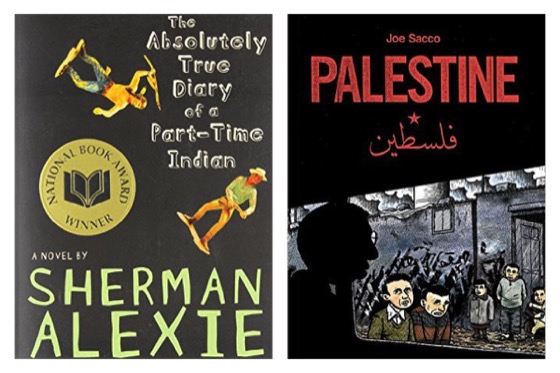
5. The Absolutely True Diary of a Part-Time Indian by Sherman Alexie and Ellen Forney
It may be a stretch to call this book a graphic novel. It’s honestly more of a young-adult memoir with some drawings sprinkled in to show us the work of Junior, a young man torn between two worlds. Junior leaves his hometown reservation to attend a cross-town, rival all-white school. This book speaks to young and old alike about how hard it is to traverse the awkwardness that comes along with adolescence.
4. Palestine by Joe Sacco
This is the pinnacle of journalism and graphic novels. This book documents the living conditions Sacco witnessed in occupied Palestine during an extended placement in the 1990s. Joe’s writing and drawing styles are gritty and unrelenting. This is a great book for students to think about nuance and history in a such a contentious geographic area.
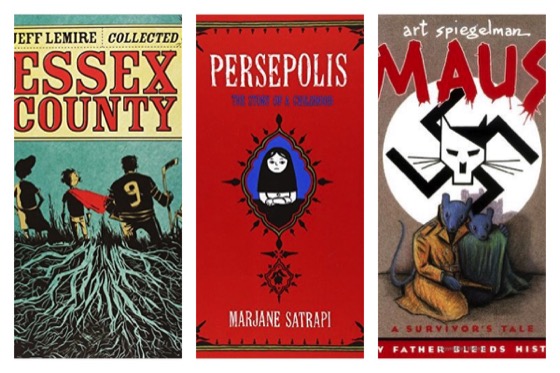
3. The Collected Essex County by Jeff Lemire
This is a tough book to describe but one I’ve absolutely fallen in love with. Set in the fictional Essex County, Ontario, this book follows multiple characters to see how their stories and lives interconnect to paint a picture of loss, regret, memory, youth, imagination, and hockey. This may be the most touching and realistic portrayal of Alzheimer’s disease I’ve ever seen.
2. Persepolis: The Story of Childhood by Marjane Satrapi
This beautiful memoir follows the life of Marjane Satrapi as she navigates coming of age in Iran during the Islamic Revolution of the late 1970s. As a young teenager, Marjane comes to terms with a rapidly changing world where her personal life and her public life are at complete odds with each other.
1. Maus I: A Survivor’s Tale: My Father Bleeds History by Art Spiegelman
This is an absolute must-read. With Maus, Spiegelman translates his father’s own harrowing experience of being a Holocaust survivor into a graphic novel. Much like Orwell’s Animal Farm that deceptively gets young adult readers thinking about power and corruption, in depicting the Jews as mice and the Nazi’s as cats, Spiegelman lowers the bar of investigating unimaginable evil and forces the readers to deeply investigate history.
{image source}{image source}{image source}{image source}{image source}
{image source}{image source}{image source}{image source}{image source}
Do you use comics in the classroom?
Do you use them just for the art side of the media, or do you venture into more narrative, cross-disciplinary lessons?
Magazine articles and podcasts are opinions of professional education contributors and do not necessarily represent the position of the Art of Education University (AOEU) or its academic offerings. Contributors use terms in the way they are most often talked about in the scope of their educational experiences.

